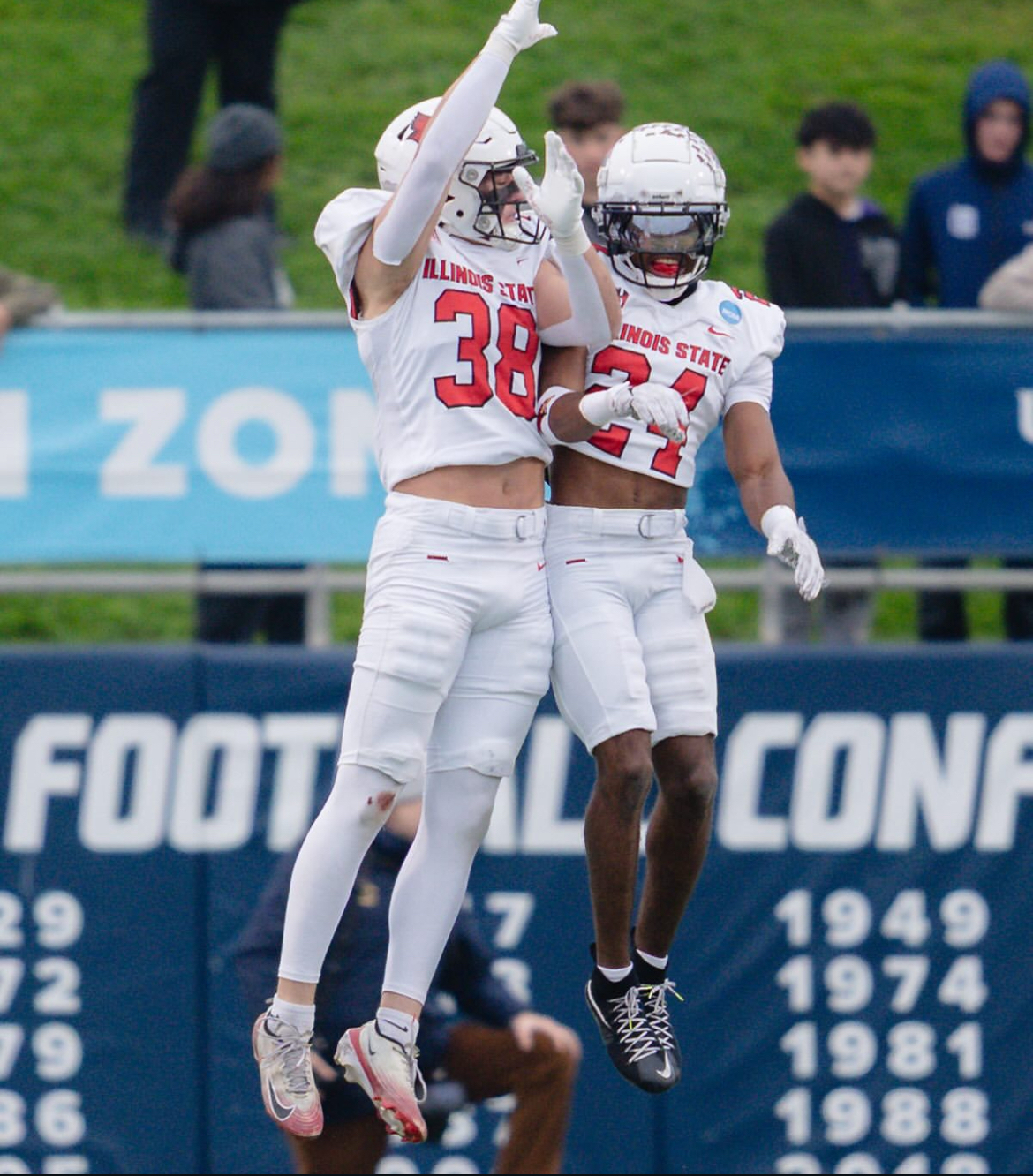Poise President Discusses Equality in Dance as a Sport
Written by Colleen Holden on November 28, 2023
NORMAL, Ill. – The very first NCAA tournament to feature female athletes took place in 1981. From there, women’s sports slowly integrated into the mainstream, albeit facing its fair share of stigma in its fight to be recognized as legitimate. Women’s sports are now a regular fixture in professional and collegiate athletics, still fending off the remnants of an old-fashioned narrative pushing to stifle them. This covertly sexist attitude manifests in a plethora of ways, one of which being the discrediting of female-dominated sports. Janelle Rodriguez, President of ISU’s Poise dance team, had plenty to say about the influence of society on the culture of dance.
“It definitely is a lot harder than people expect it to be,” Rodriguez said. “The first reason that comes to mind is that it’s a woman’s sport – you don’t see lot of men in dance.”
Whether it be competitive or recreational, dance is very common extra-curricular among kids and teens. That said, everything is more serious at collegiate level, and the adjustment can be daunting, no matter how effortless the task may look.
“The collegiate level is definitely a little bit more of a struggle,” Rodriguez said. “We are an RSO (registered student organization), we have to remember that this is optional, but at the same time, we all are adults, we have to commit to things. Poise definitely has an expectation of knowing who you are as a dancer, and knowing your skill set. You have to be able to be confident in your skills, but also be willing to improve on them.”
Confidence in your skills can go a long way toward your ability to improve and perform as a dancer. With a sport that is dependent on technique, control, and aesthetics, your inner thoughts must match your outward presence. However, confidence is harder to come by when your craft is ridiculed by society’s negative voices.
“As a dance minor I get laughed at a lot or ridiculed,” Rodriguez said. “People think it’s stupid.”
A common rebuttal in the argument against categorizing dance as a sport is that it lacks the traditional markers that qualify something as a “sport”, for instance a ball to play with, or a score to keep. However, one or both of these markers is true for activities like wrestling, martial arts, and fencing. The difference? Gender distribution.
It’s no secret that dance is a predominantly female sport, with women accounting for 78.9 percent of the dance industry according to data.gov. Considering the uphill battle it took for women’s athletics to find societal acceptance, one must ask is it really a stretch to suggest that modern-day sexism has contributed to the discourse around categorizing dance as a sport? According to Rodriguez, it is not.
“I feel that because of the fact that a lot of women do it, it’s seen as easy,” Rodriguez said. “I think one stigma that people still have is that women want make things easier, so they’ll just do dance instead of the ‘actual hard sport’, which is not true. Dance is challenging in probably every single way you can imagine.”
Needless to say, there is plenty of negative discourse surrounding the dance industry. However, some of this negativity is not from outer society, but the community within. Dance as a sport commonly fosters a culture of body dysmorphia by prioritizing age-old aesthetics, and uniformity among dancers in the classroom.
“Any dancer can dance, but that doesn’t change the fact that the people who teach us continue the trend of watching your weight, or that someone who is bigger isn’t going to look like pretty dancing ballet,” Rodriguez said. “It’s just not the case, and it is definitely one of the reasons why many dancers join Poise instead of something more professional like Redline, or a competitive dance team. I’ve been dancing since my sophomore year of high school. I was on poms team, and it probably was the most toxic environment I’ve been in because of the body image issue. I would compare myself in my uniform to other girls who had been dancing for a long time and happened to be a little skinnier, or a bit taller, or had the long legs for the aesthetic they wanted.”
Dance may be denied as sport by the public, and as an inclusive activity to anyone without stereotypical “dancer body”, but what cannot be denied is the joy it brings to those graceful and strong enough to participate in it.
“People say I’d have no money in this industry, but I’m not in it for the money,” Rodriguez said. “I’m in it for the happiness that dance brings me.”





